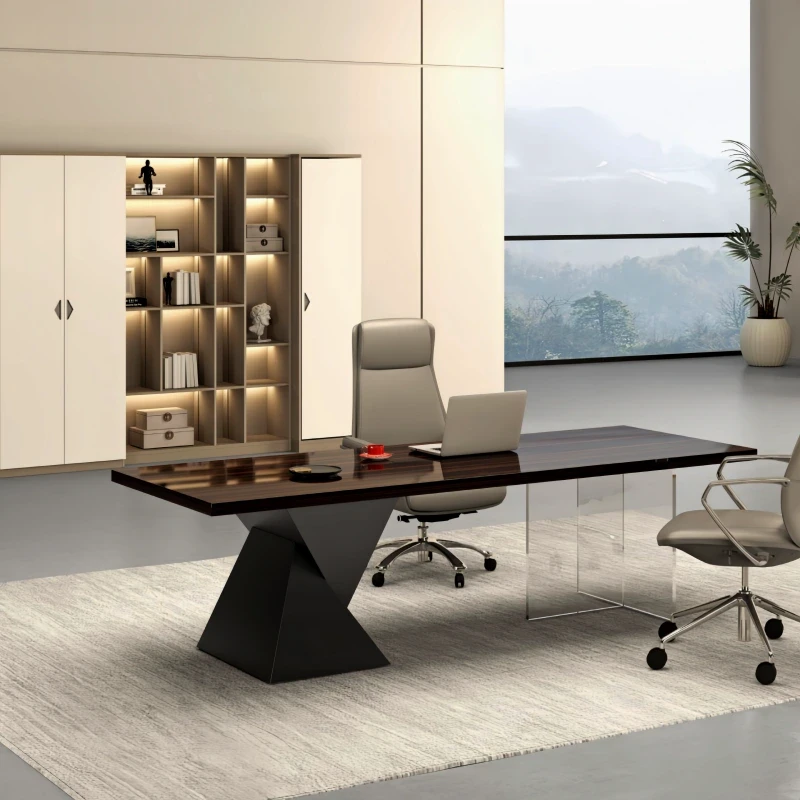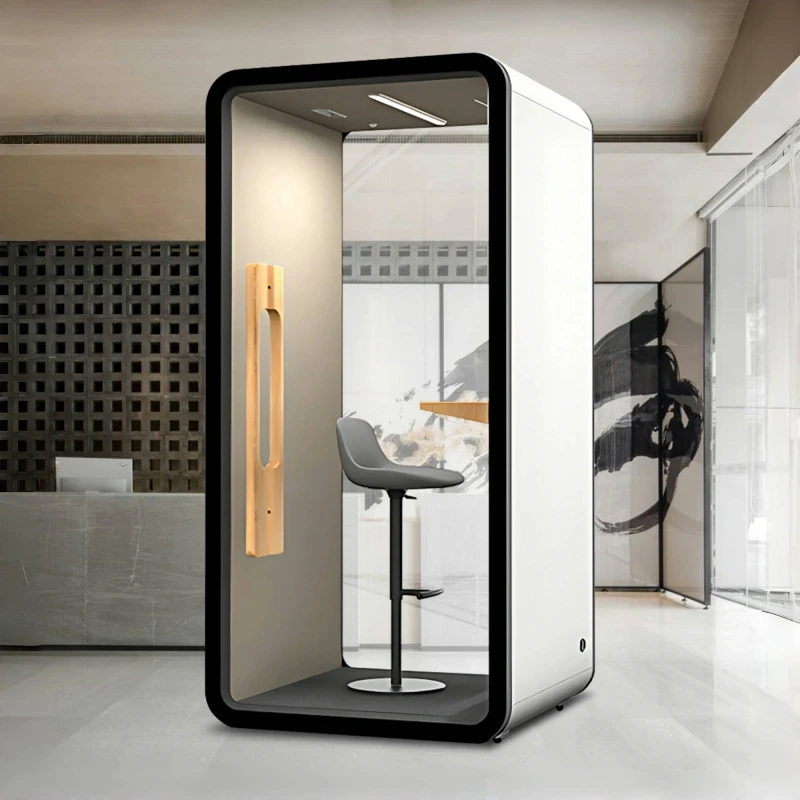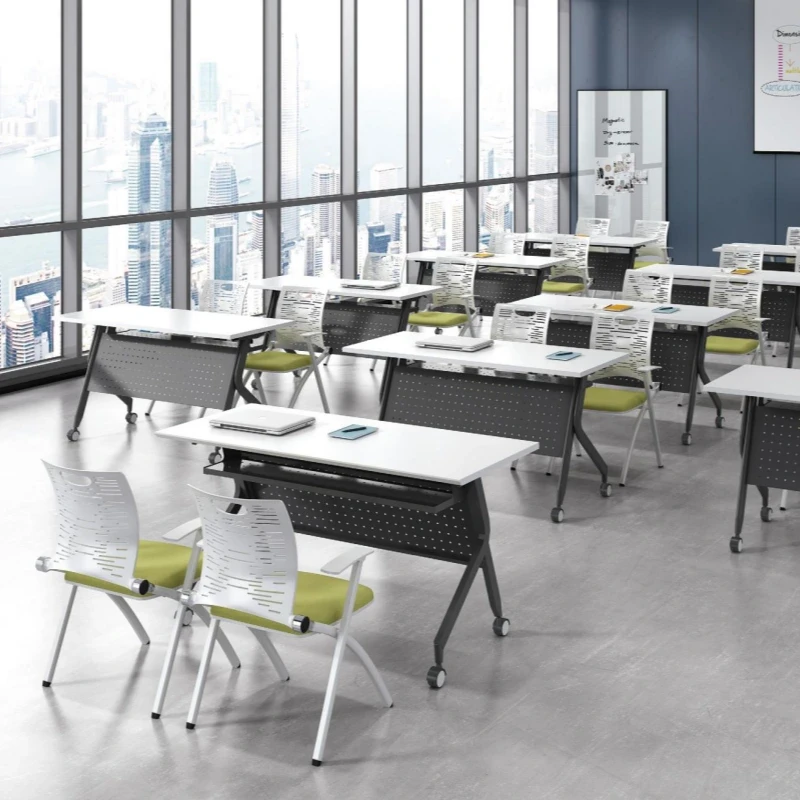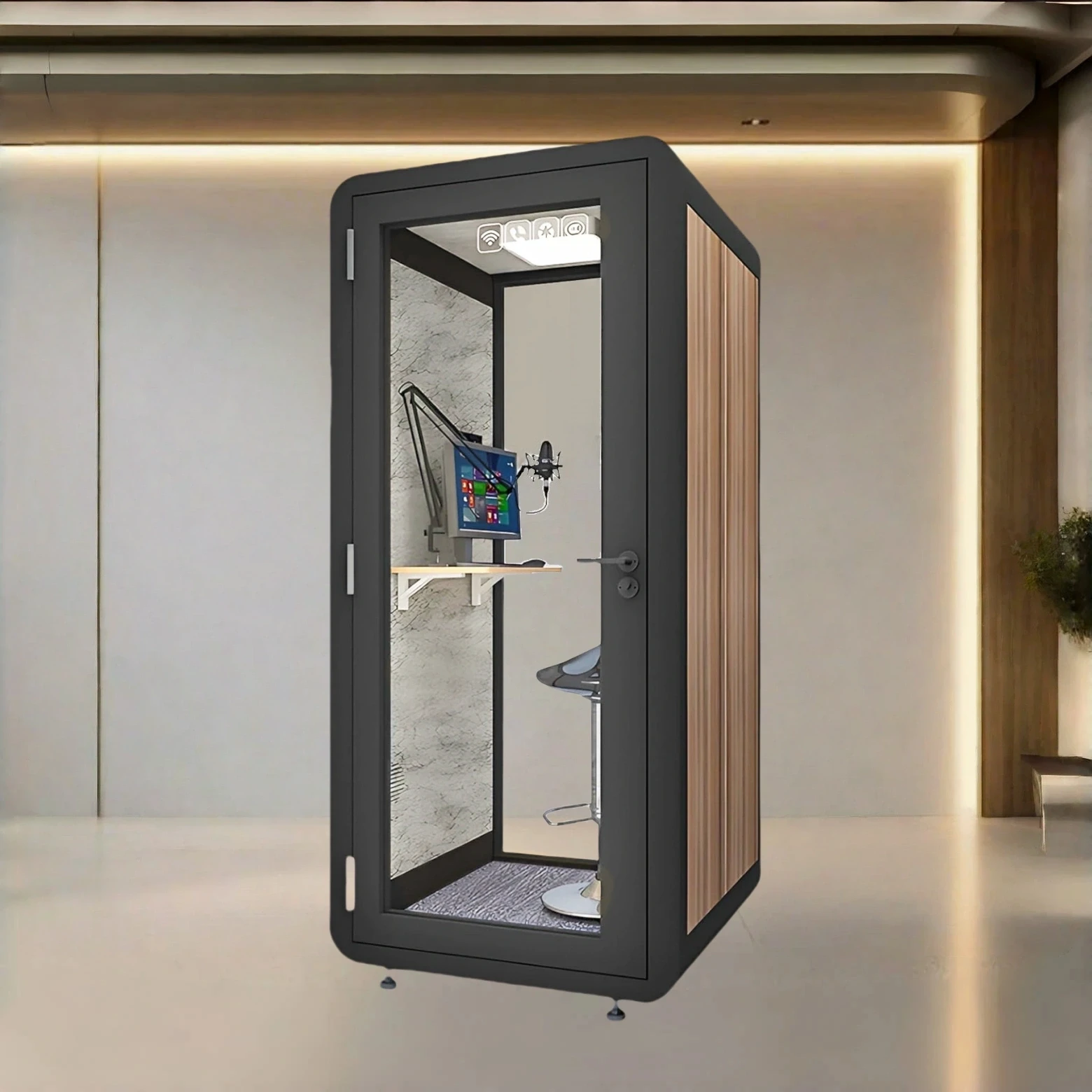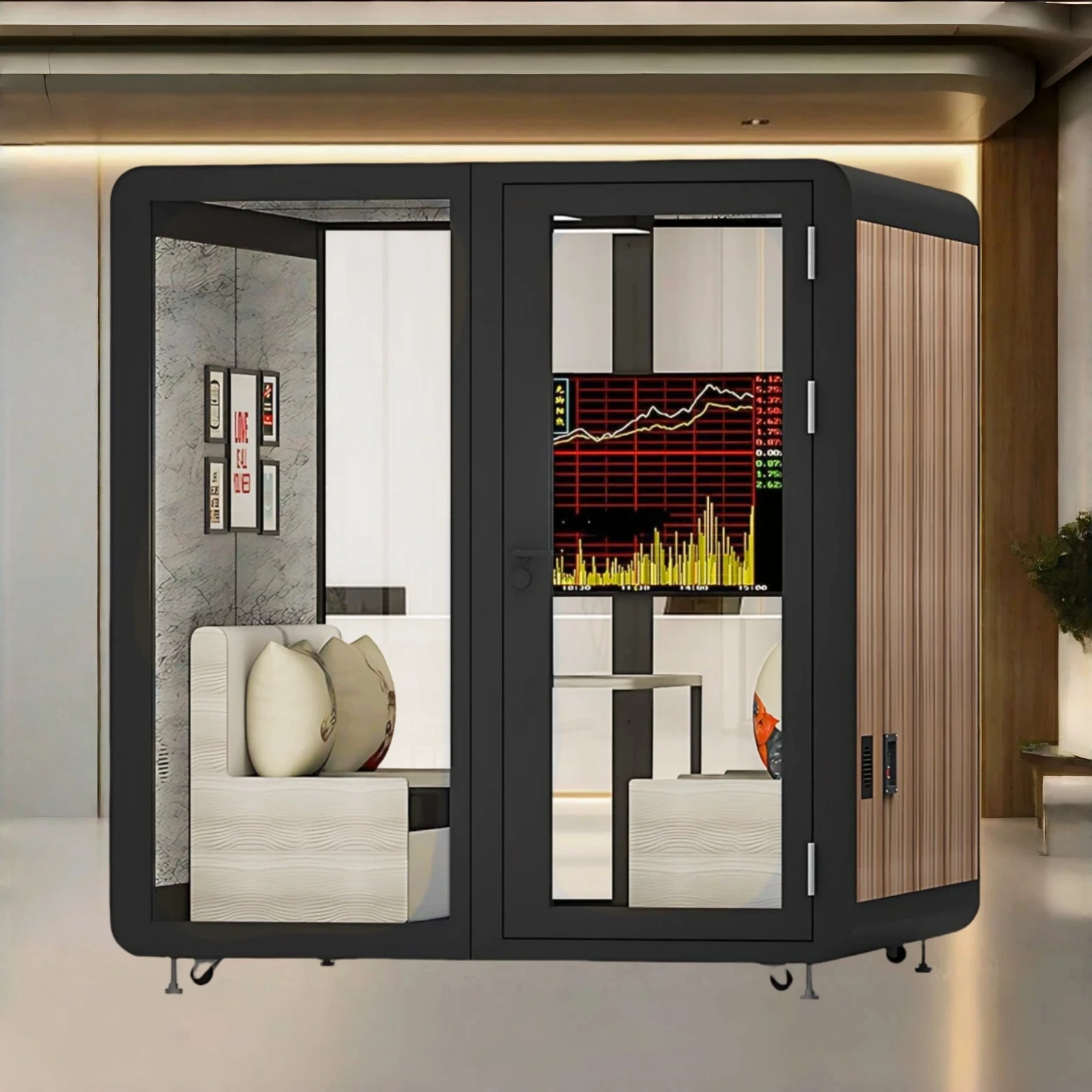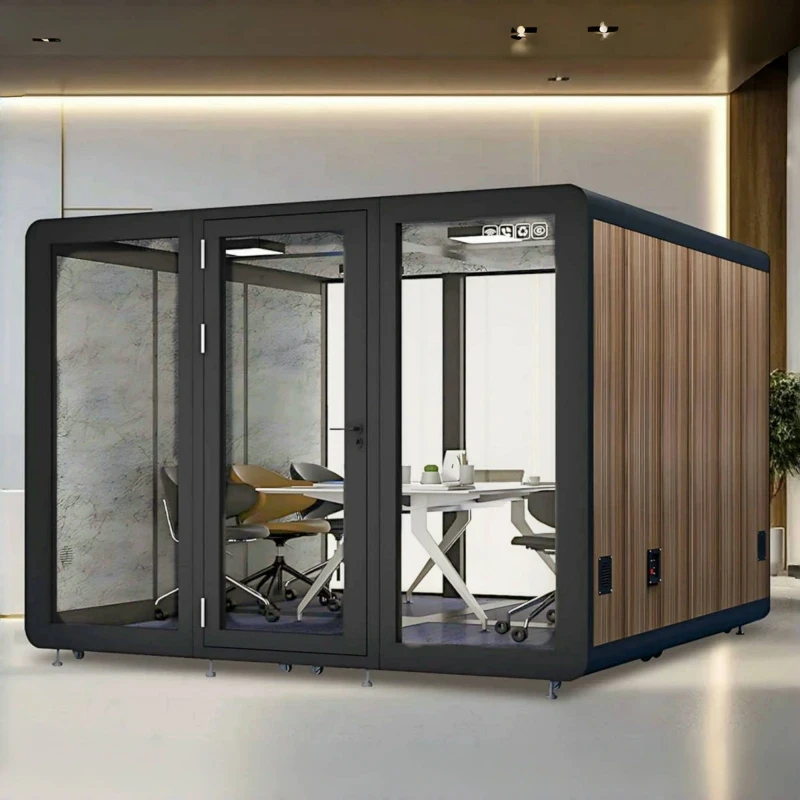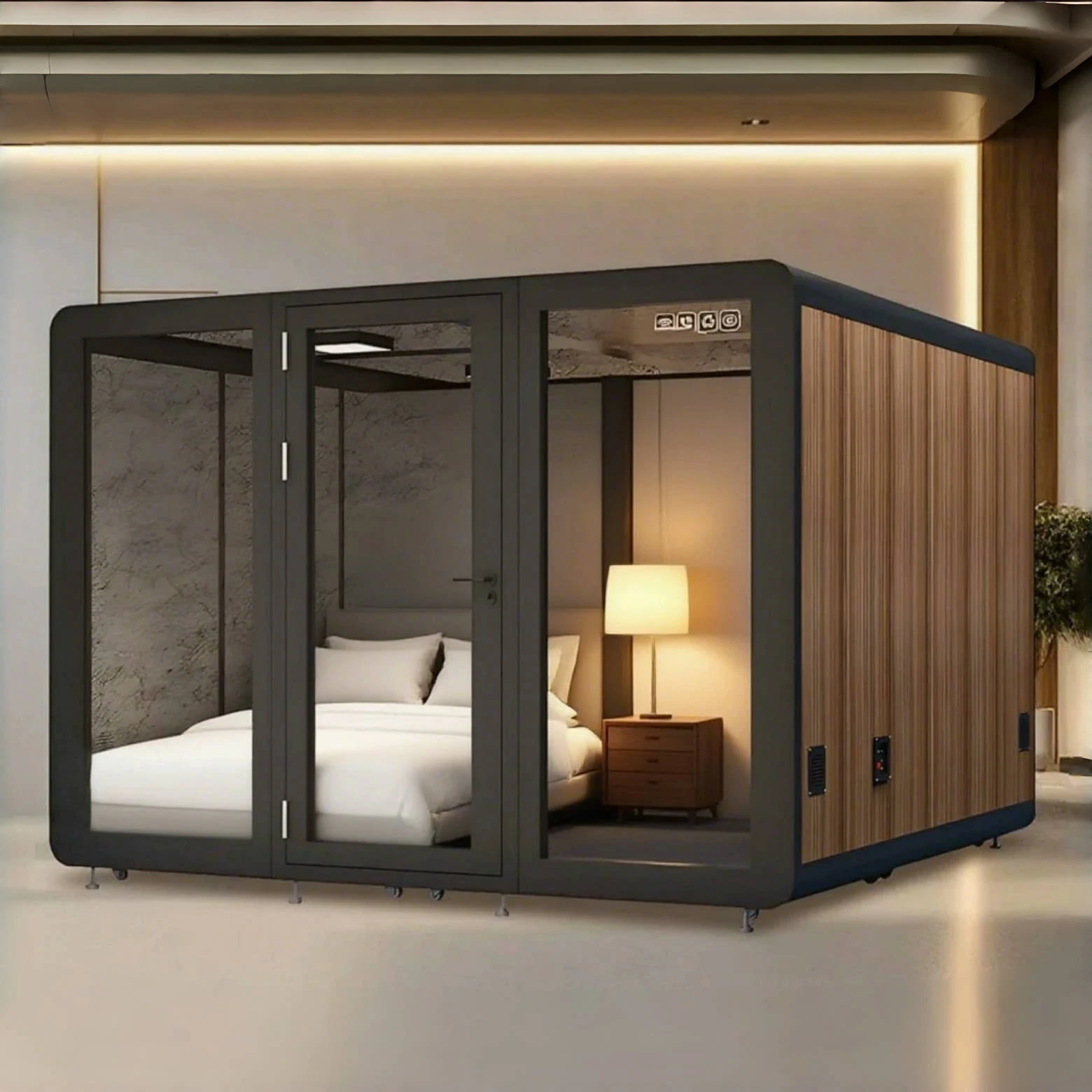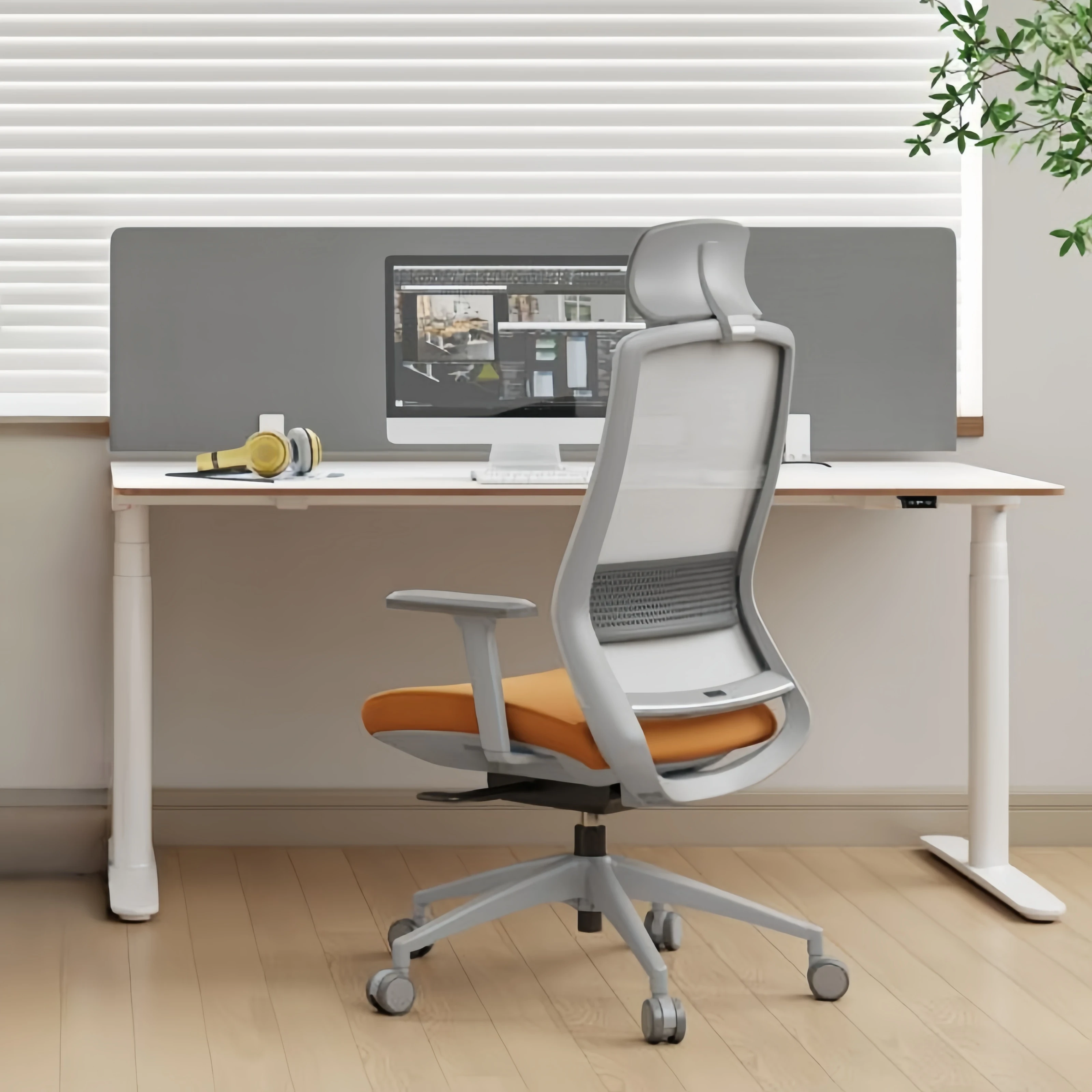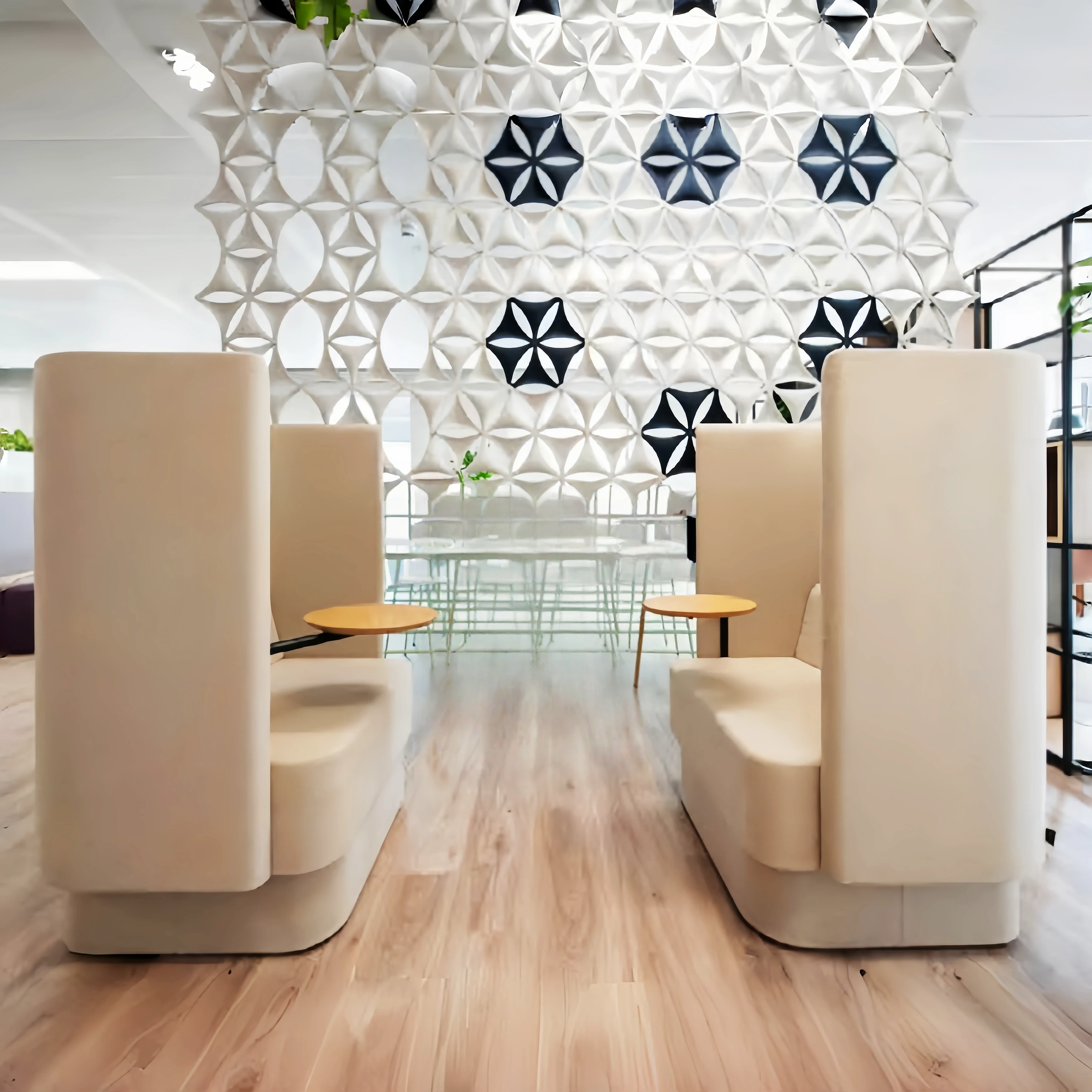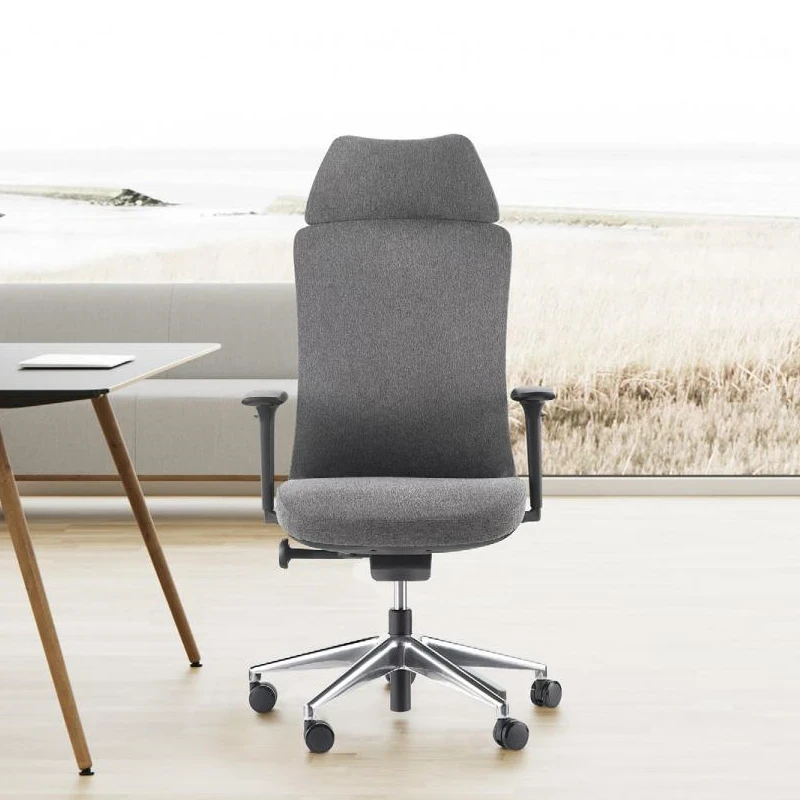In the contemporary workplace, personalized workstation layouts are becoming a crucial way for young people to build a sense of belonging. By analyzing over 30 related discussions, we can break down the concept of a "workstation with a sense of belonging" into the following six core dimensions:
1. The Ritual of Spatial Reconstruction
Dopamine Aesthetics
The use of elements such as painted pegboards, Lolita-style decor, and neon ambient lighting transforms workstations into miniature "personal art exhibitions." For example, a user-designed cream-colored pegboard filled with clever pendants and a green printed blanket covering the workbench create a visually soothing space.
Scene Simulation Installations
Microscopic models (a toy microwave oven with a switchable function and a simulated water dispenser) and functional decorative elements (a magnetic message board and a toast night light) create a parallel space that interweaves reality and illusion. One employee's workstation even features a toilet-shaped tea set, creating a surreal fusion of work and everyday life.
2. Immersive Functional Zones
Workplace Survival System
A health kettle, nap bed, and snack tower form the foundational support layer, while a Bluetooth speaker, calendar answer sheet, and blind-box figurines complete the mental refueling station. Typical configurations include: a double-layer storage rack (for documents and snacks) + a 360-degree rotating holder (for coffee cups and stationery) + a height-adjustable monitor stand.
Emotional Regulation Mechanism
Tactile materials (scallion pillows, plush toys) and audio-visual devices (white noise player, RGB mechanical keyboard) create a five-sense regulation system. One employee described it as, "Looking up and seeing the rainbow-colored keyboard at my workstation, typing code feels like playing the piano."
3. The Mirror Effect of Generational Differences
Post-95s are more likely to invest 5%-10% of their monthly salary in workstation decoration, creating a "decorated workstation" mentality, while post-80s tend to adopt a "rough-and-ready" mentality. One 30+-year-old employee described himself as "not even bringing a water bottle with me for three months, and couldn't even fill a cardboard box when I left." This difference reflects the varying expectations of career stability across generations.
4. The Psychological Implications of a Sense of Belonging
Workplace Identity Anchors
The act of decorating a workstation itself constitutes a "spiritual onboarding ritual." For example, new employees display their employee handbook alongside a mascot, confirming their professional identity through symbolic objects. One case study showed that employees with cozy workstations experienced a 37% decrease in overtime complaints.
Reverse Warning Devices
Minimalist workstations (just a computer and toilet paper) have been jokingly called "runaway warning systems." Their presence actually reinforces the sense of belonging of more refined workstations. The popular social media meme, "Cockroaches have to wear pigtails when they come to her workstation," indirectly illustrates this contrast effect.
5. Hidden Workplace Culture Symbols
Non-verbal Social Media
Blind action figures and boxes have become a new form of social currency. In one case, colleagues bonded by exchanging workstation ornaments, and "snack diplomacy" workstations facilitated 40% of informal collaboration within the department.
Metaphors of Spatial Politics
Workstations equipped with wardrobes, folding beds, and other amenities have sparked a controversial debate about the saying, "The company is my home, and overtime is honorable." Some commentators have pointedly pointed out, "This isn't a sense of belonging, it's the spatial domestication of capital."
6. Data-Based Belonging Map
Analysis of the correlation between workstation density and years of service reveals a U-shaped curve: Decoration investment peaks within the first year of employment, returns to pragmatism after 3-5 years, and veterans with 8 or more years revisit personalized decor, creating a "secondary belonging" phenomenon. An accountant with ten years of service converted a voucher binding machine into a succulent plant rack, a move considered a prime example of workplace identity reconstruction.
This workstation culture is essentially a rebellion against standardized office space by Generation Z. The act of carving out private narrative spaces within the collective space serves as both a psychological compensation mechanism for alienated labor and a contemporary proposition: "Using aesthetics to resist involution."

 USD
USD
 GBP
GBP
 EUR
EUR

